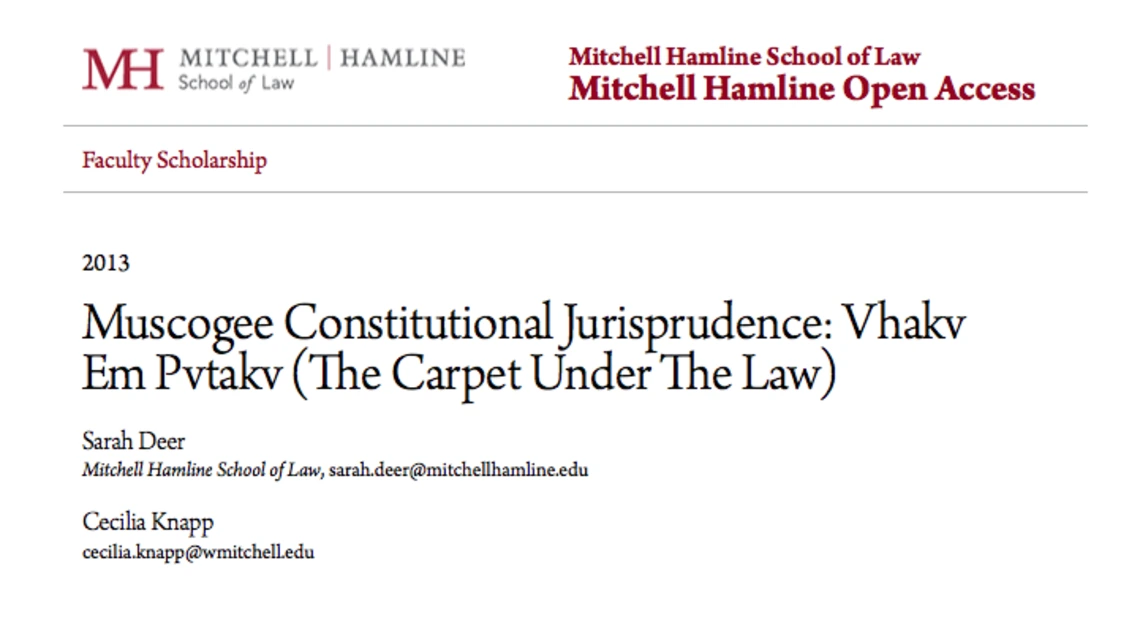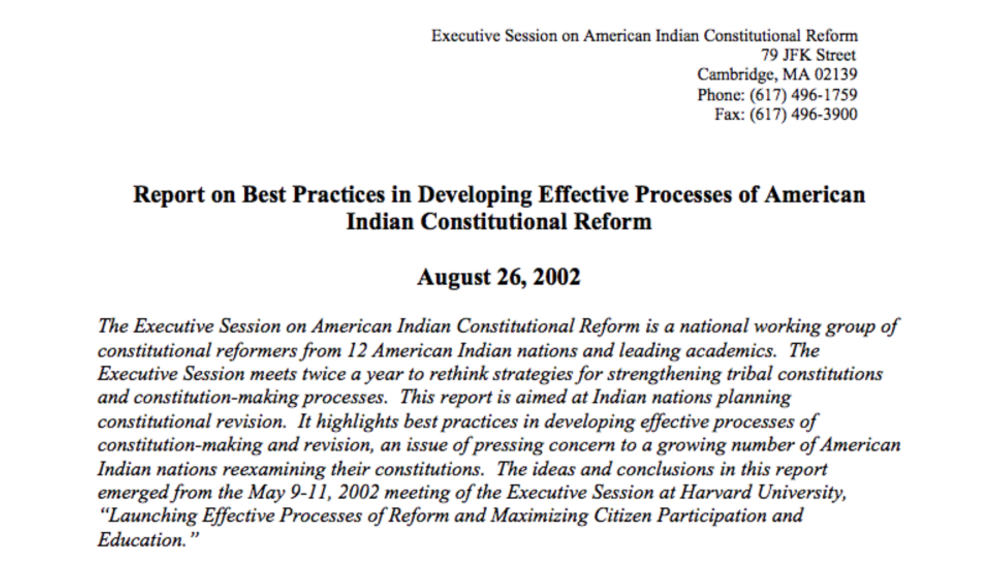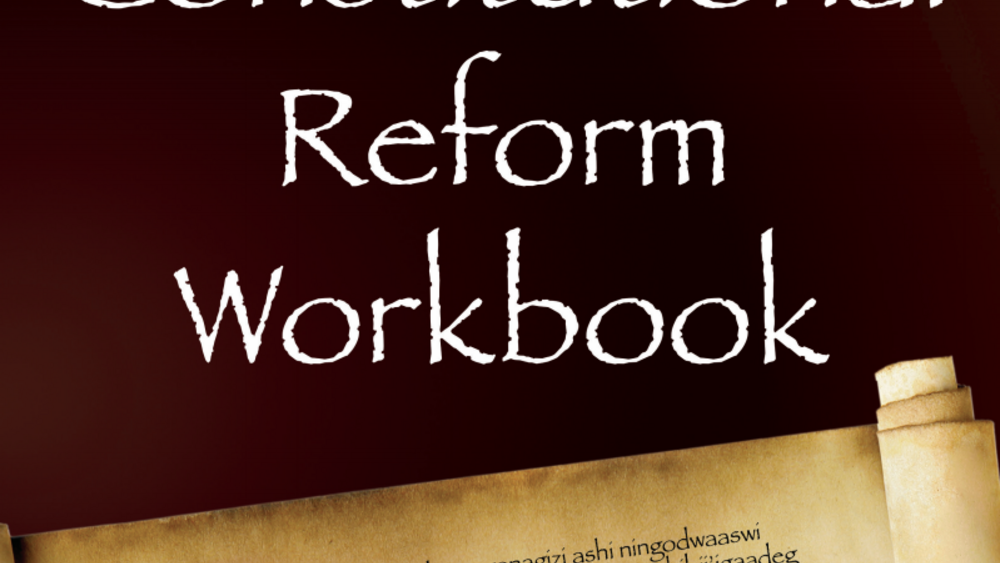In 1974, a group of Mvskoke citizens from Oklahoma sued the federal government in federal court. Hanging in the balance was the future of Mvskoke self-determination. The plaintiffs insisted that their 1867 Constitution remained in full effect, and that they still governed themselves pursuant to it. The United States argued that the constitution had been nullified by federal law passed in the early 1900s.
To find in favor of the plaintiffs, the court would have to rule that the United States had been ignoring the most basic civil rights of Mvskoke citizens and flouting the law for over seventy years. It would also have to find that a tribal government had been operating legitimately in the shadows–that the Mvskoke people had continued to operate under their constitution for most of the twentieth century despite official federal antagonism. It was definitely a long shot, but they won.
This article explores factors that have helped the Mvskoke people create, nurture, and sustain a constitutional government under hostile circumstances for centuries. We focus on the history and structure of the constitutional government of the Muscogee (Creek) Nation of Oklahoma. We consider several aspects of Creek conceptions of government structure and balance, which are also evidenced in the constitutional jurisprudence of the Muscogee (Creek) Nation Supreme Court. At first glance, the contemporary Mvskoke government today bears little resemblance to the ancient etvlwv town-based system of governance, but a more penetrating analysis reveals common threads of political theory and cosmogony, or world view, that have continued unabated.
Additional Information
Deer, Sarah & Cecilia Knapp. "Muscogee Constitutional Jurisprudence: Vhakv Em Pvtakv (The Carpet Under The Law)." 49 Tulsa Law Review 123. 2013. Article. (http://open.mitchellhamline.edu/cgi/viewcontent.cgi?article=1258&context=facsch, accessed May 14, 2024)



